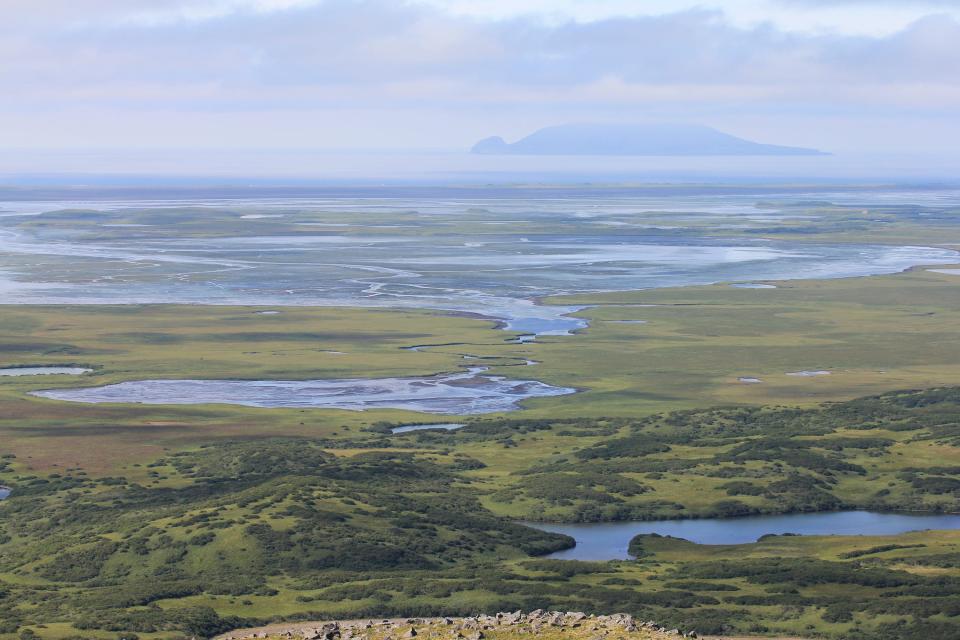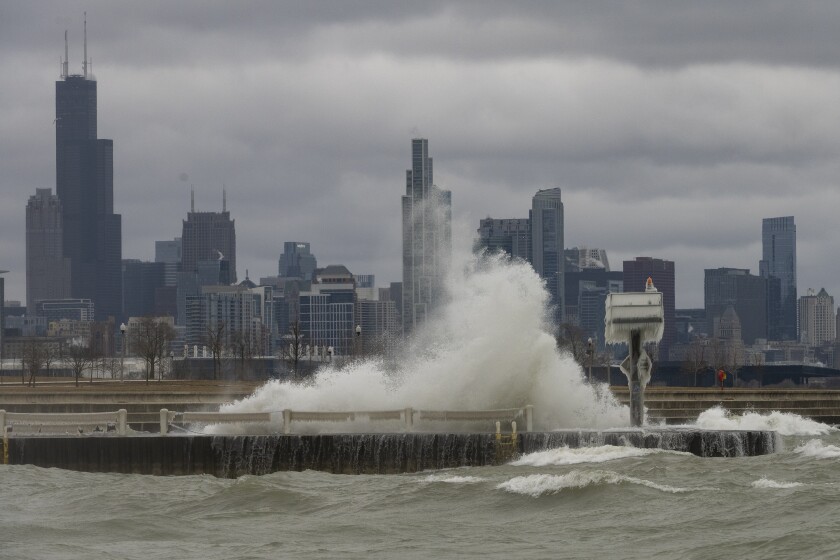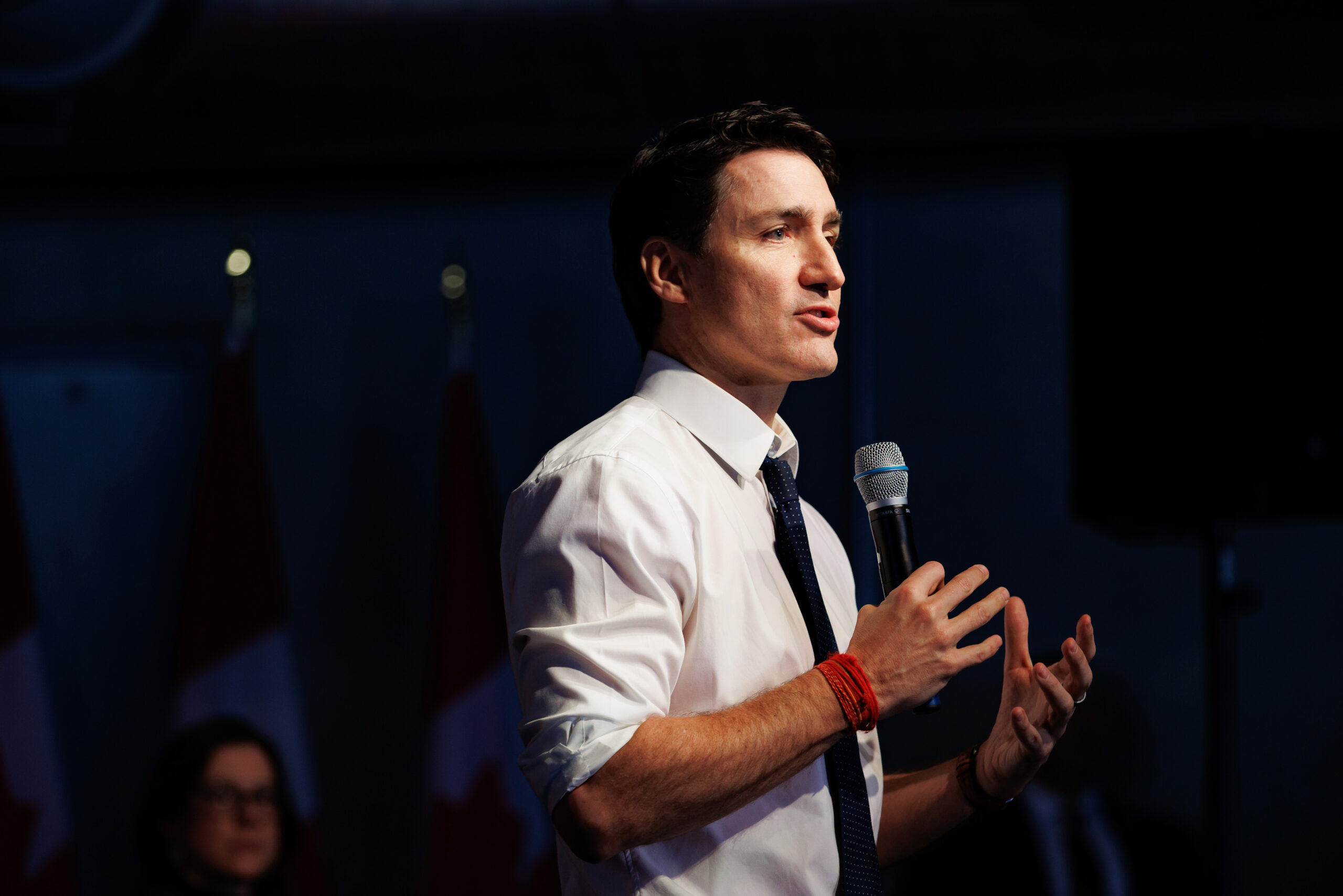On the campaign trail, President-elect Donald Trump vowed to lower consumer prices that have soared since the pandemic, explaining how he would do so by repeating a simple mantra: Drill, baby, drill.
“At the center of our effort to bring the cost of living under control will be the all-out push to end the Biden-Harris war on American energy,” Trump said at a campaign rally Aug. 14 in Asheville, North Carolina. “We will drill, baby, drill.”
Trump is expected to speed drilling permits that took an average 258 days to complete during the Biden administration, hold permit sales more frequently and increase drilling off the U.S. coast, Reuters reported last month.
By boosting oil supplies, those steps theoretically could reduce oil and gasoline prices and help nudge down the price of groceries and other goods by cutting their transportation costs.
Can the strategy work?
It’s not likely, experts interviewed by USA TODAY say.

“It’s a world oil market that determines the supply and demand balance,” said Robert Kauffman, a Boston University professor who studies global oil markets, climate change and land use changes. A significant boost in U.S. production would trigger responses from other producers that would leave crude and gas prices roughly unchanged, he said.
Here’s a closer look at the issue:
What is the actual inflation rate today?
Although annual inflation has slowed to less than 3% from a 40-year high of 9.1% in mid-2022, consumer prices are still about 20% higher than they were before the COVID-19 pandemic sparked a surge in consumer demand and supply chain bottlenecks.
Americans’ fury over high prices under President Joe Biden was a big reason Vice President Kamala Harris lost the presidential race to Trump, according to a Brookings Institution study.
“I won on groceries,” Trump told host Kristen Welker in a “Meet the Press” interview this month. “I won an election based on that. … We’re going to bring those prices way down.”
In an interview Time Magazine published Thursday as part of its announcement naming Trump Person of the Year, the incoming president appeared to walk back his pledge.
“It’s hard to bring things down once they’re up,” he said. “You know, it’s very hard.”
And most economists say Trump’s threats to impose tariffs on imports from Mexico, Canada and China as soon as next month, along with other levies later, would intensify, rather than ease, price increases.
Still, Trump’s promise to chop gas prices amounts to his most specific blueprint for addressing inflation. At the August rally in Asheville, the former president said his administration would “slash (energy) prices by half within 12 months.”
Trump, for example, suggested he would restart drilling in Alaska’s Arctic National Wildlife Refuge after Biden canceled Trump’s leases in the environmentally sensitive region last year.
Why are US gas prices falling?
Yet pump prices already have plunged. The price of benchmark U.S. crude oil, called West Texas Intermediate, has tumbled to about $70 a barrel from $120 in June 2022, shortly after Russia’s invasion of Ukraine. In turn, average U.S. unleaded gasoline prices have fallen to about $3 a gallon from nearly $5, according to AAA.
Kauffman attributed the drop to record global oil production, especially in the U.S., softening energy demand in China and around the world amid slower growth, and the ability of European nations to find alternative sources to Russian oil.
Does the US produce the most oil in the world?
The U.S., in fact, is already the world’s largest crude oil producer, churning out a record average of 13.6 million barrels a day recently, according to the U.S. Energy Information Administration and the Oil Price Information Service, a private firm. The nation turned out an average 12.9 million barrels a day of crude in 2023 and has been the world’s largest producer for the past six years, ahead of Saudi Arabia and Russia, EIA says.
“U.S. oil production is at an all-time high, and it has increased during the Biden administration without opening up” any new lands or waters to drilling, Kauffman said.
What is fracking in simple terms?
The EIA credits horizontal drilling and hydraulic fracturing, or fracking – which uses water, sand and chemicals to pump oil from deep underground – with allowing producers to use fewer wells to draw much more oil from a larger area.
Much of the activity has occurred in the Bakken rock formation in North Dakota and Montana and the Permian Basin in West Texas and New Mexico.
What happens to the price of oil when production increases?
Crude prices are hovering near a three-year low. If the Trump administration made new federal land or waters available for drilling and that led producers to pump out enough additional oil to push down global and U.S. prices, “That would slow the rate at which companies drill for oil,” Kauffman said, nudging prices up again.
Adam Ferrari, CEO of Phoenix Capital Group, an oil producer in North Dakota and Montana, called the current U.S. crude oil price “a floor.” The company, he said, can make a profit as long as oil prices top about $25 a barrel. But the cost to drill a new well is about $45 to $65 a barrel, he said.
Because the company wants to cover its costs and make about a 15% profit, “if prices got any lower, we would stop producing oil” from new wells, Ferrari said.
Is it good to invest in oil exploration?
Another factor: Oil companies have become far more conservative in their capital spending.
Since the early days of the pandemic, when crude prices plummeted on weak demand, oil producers have shifted their mindset from spending heavily to drill new wells to running existing wells cost-efficiently and providing healthy returns to shareholders, analysts say.
“That drastically changed their priorities,” said Rob Thummel, senior portfolio manager and oil industry expert at Tortoise Capital, an investment firm. “They became disciplined in their capital spend” and focused on increasing cash flow.
Companies, of course, still need to drill new wells as existing ones deplete and meet moderately growing global demand. World crude output, now about 102 million barrels a day, is expected to increase by about 1 million barrels a day each year, Thummel said.
Ferrari said opening new federal territory to drilling could be helpful in the long term if it contains more oil per square foot than current oil fields, which would boost efficiency.
But existing fields, especially the 9,000-square-mile Bakken, provide more than enough capacity for exploration to meet projected needs – and even a spike in demand that sharply lifted prices – without making new federal land available, Thummel said. Most oil production takes place on privately owned territory, and about a quarter occurs on federal land and waters, according to Thummel and the American Petroleum Institute.
What’s more, he said, a sudden rise in prices that threw the market out of balance probably would prompt an immediate boost in production by the Organization of the Petroleum Exporting Countries, or OPEC.
Does the US have enough refining capacity?
A Trump-induced surge in U.S. oil production also would create another problem. Most U.S. refineries – which turn oil into gasoline – are equipped to handle the heavy, cheaper crude the nation imports from Canada, Mexico and other countries.
As a result, the country doesn’t have enough refining capacity to absorb a fresh deluge in the light sweet crude produced domestically, Ferrari and Thummel said. New refineries would have to be built or existing facilities retrofitted, an expensive proposition, they said.
Heavy crude is denser and less expensive to purchase than light sweet, but processing it at a refinery is more difficult and costly.
That’s largely why the U.S. imports 6.5 million barrels a day of mostly heavy crude, Thummel said, even though the country seemingly makes enough oil to meet its needs. And the nation exports 4 million barrels of light sweet crude to nations whose refineries are built to handle that variety.
This article originally appeared on USA TODAY: Trump’s ‘drill, baby, drill’ plan won’t spur more oil output: Experts
#Trumps #plan #drill #baby #drill #cut #gas #prices #fix #inflation












Leave a Reply